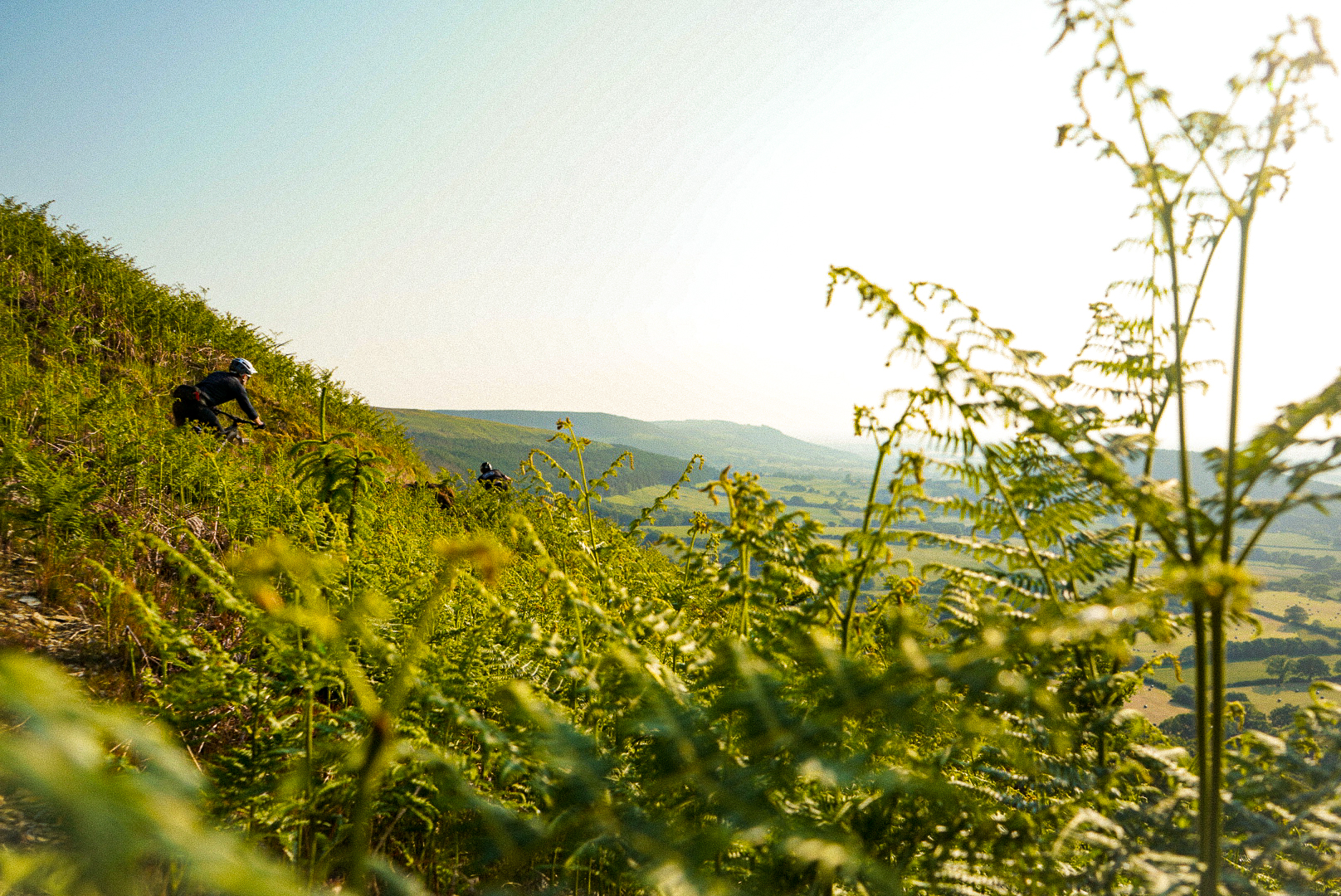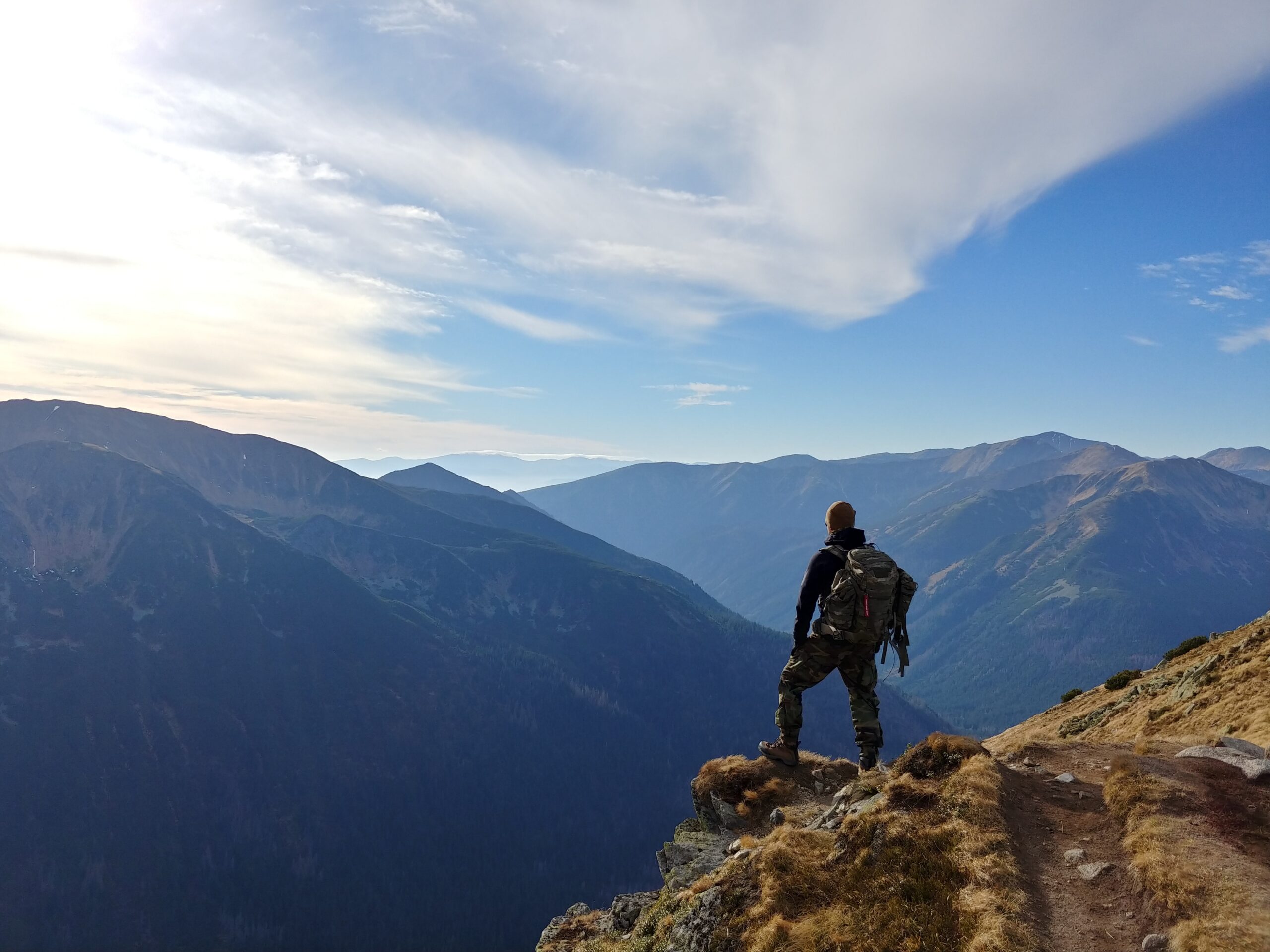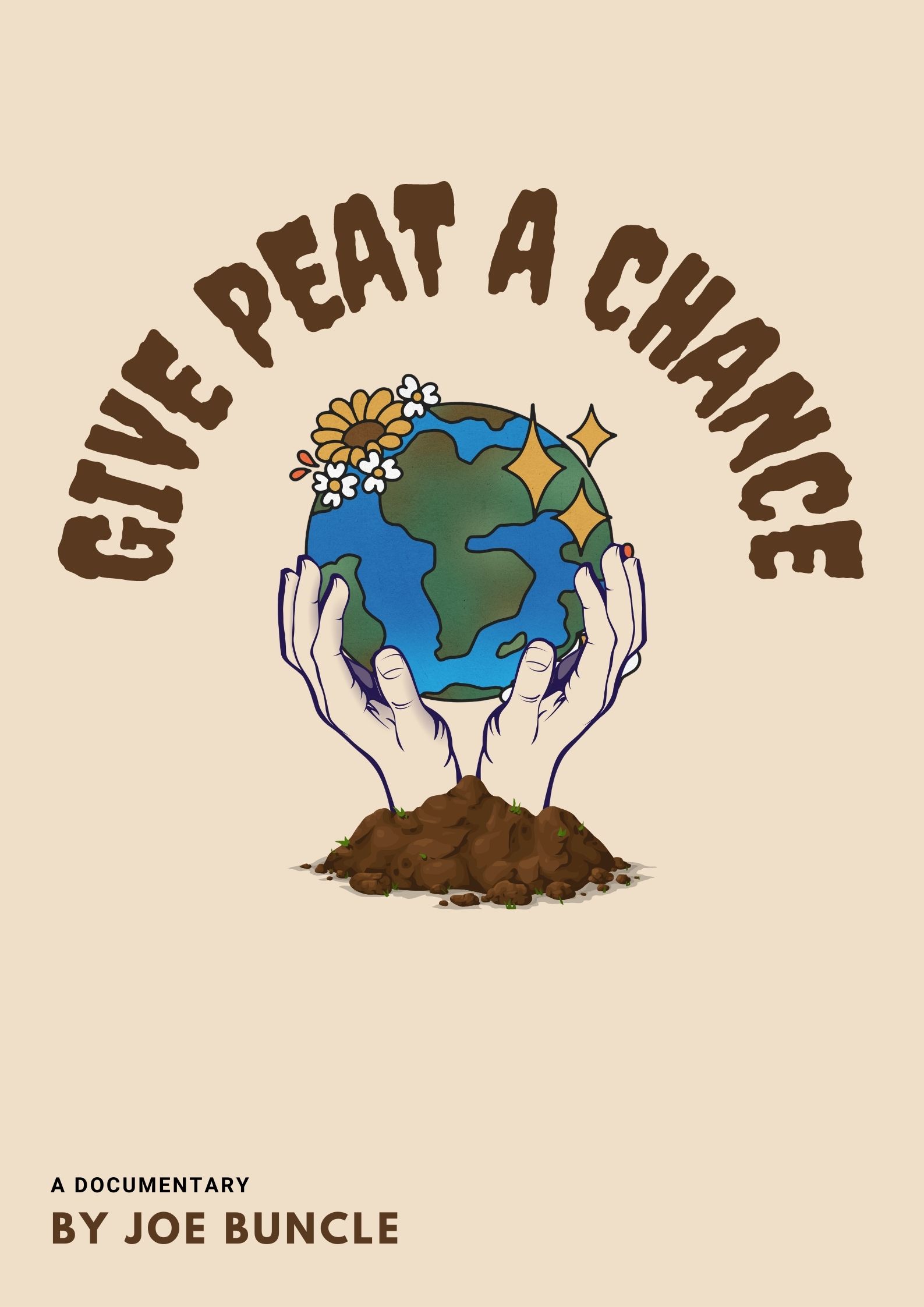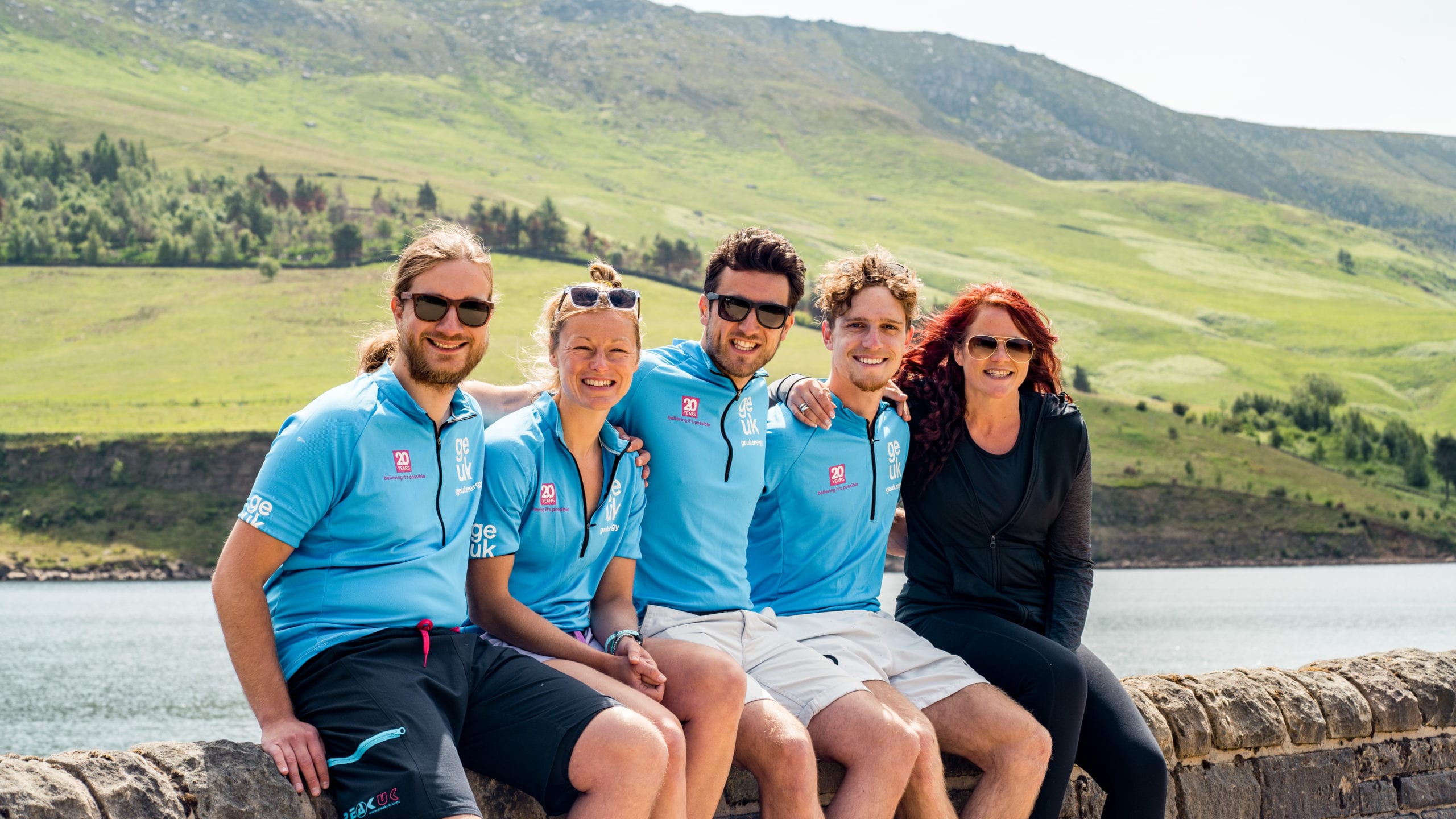
“14 Days South: Over Sea and Land” – the different climate solutions we came across
In June 2021, a group of eco-adventurers began a quest to search for scalable solutions to the environmental crisis, as part of their mission to assist with restoring nature and diversity in UK national parks.
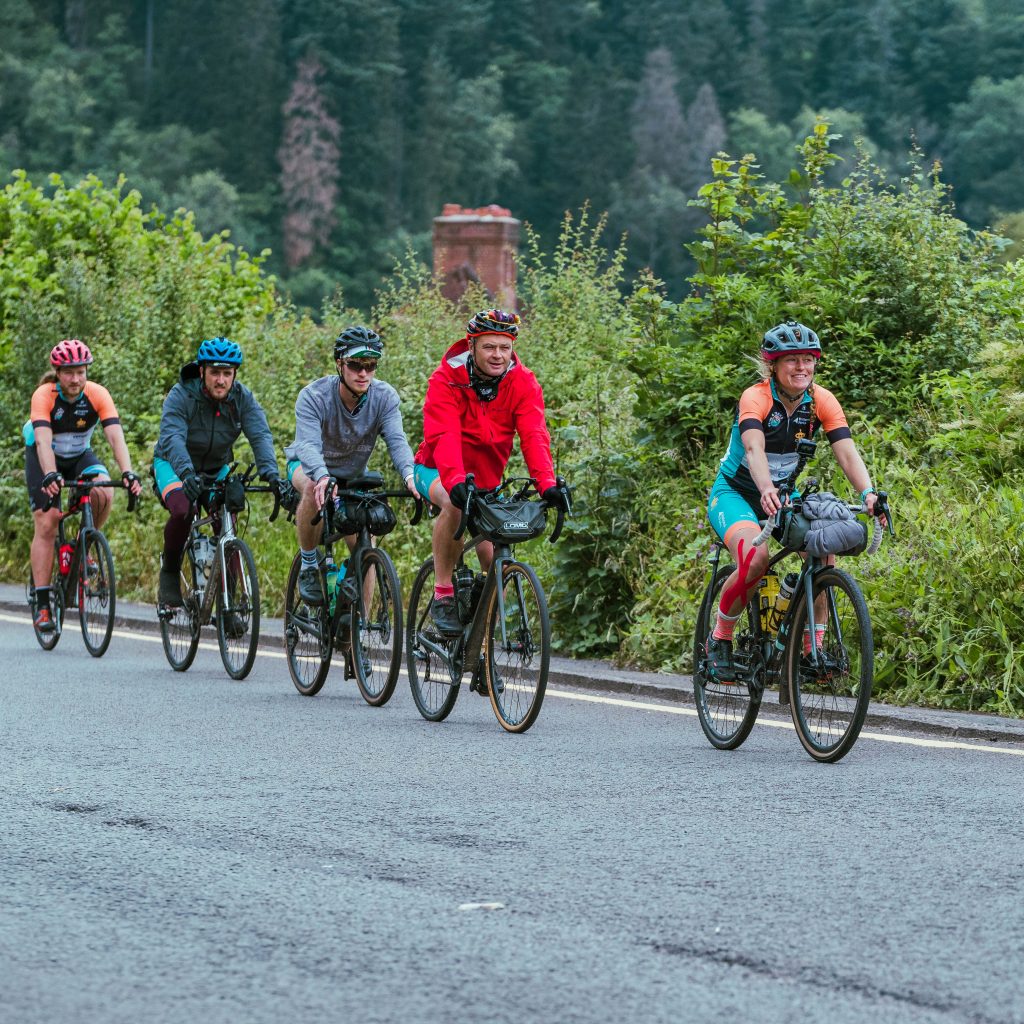
By interviewing experts in the field and looking at their innovative sustainable innovations and nature-based climate solutions, they worked on the production of an adventure film documentary called: “14 Days South: Over Sea and Land”.
Isaac Kenyon, Sal Montgomery, Alex Egan, Alex Pierrot and Lukas Haitzmann did not only cycle on land, but also used water bikes to cycle across the sea, which allowed them to include the Orkney Islands and Isles of Scilly in their journey, making this the first of its kind journey across the UK.
There were different motivations for this trip. Firstly, and most importantly, these eco-adventurers sought to answer the question: “How can the UK regenerate National Parks at scale?”
For Isaac, co-founder and CEO of Climate Explorers, one of the biggest surprises from this trip was to see how nature was disrupted. Every place they visited had some form of human impact, proving that the little green spaces we have left need protection, conservation, and, most importantly, regeneration.
Some of the answers they came across were:
Reversing biodiversity loss and introducing more green migratory corridors for safe animal movement: wildlife corridors are links across landscapes that connect patches of fragmented habitat and offer a safe passage to animals without human intrusion.
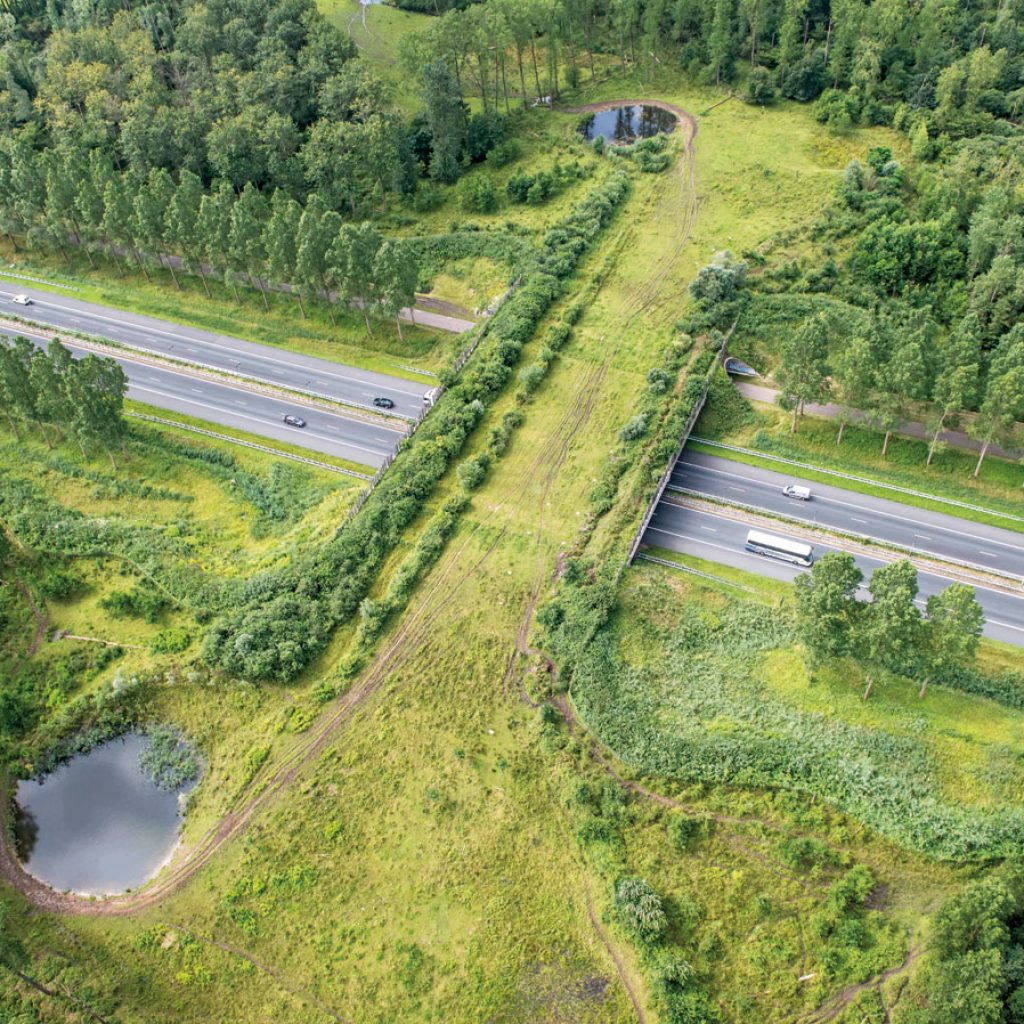
They support natural processes such as migration that occur in a healthy ecosystem.
Increasing the carbon sink effect, a critical factor in helping us reach net-zero carbon emissions: A carbon sink is anything that absorbs more carbon from the atmosphere than it releases. For example, bogs, marshes, and trees in forests and woodlands soak up carbon dioxide emissions. These natural gifts protect the atmosphere from absorbing more harmful emissions than it already does.
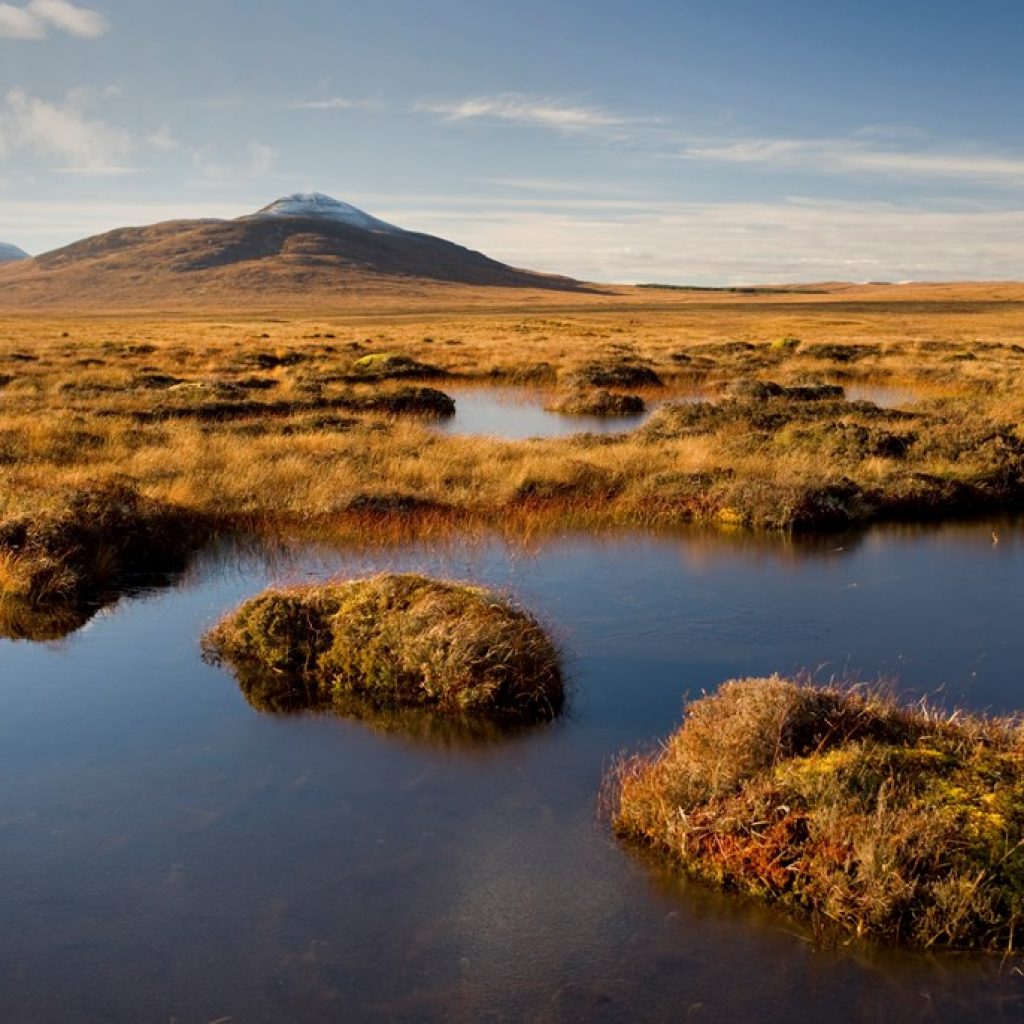
National parks across the UK rely on us to do whatever we can to keep our carbon footprint low when we explore the parks. As a result, the National Park Authorities are encouraging land management methods working towards soaking up more carbon.
For example, Dartmoor National Park is working towards restoring damaged peatlands.
The Climate Change Mitigation and Adaptation in National Park report share that if all peatlands across every national park reached restoration, they, as a collective, could soak up around 200 kt of carbon every year!
Improving the physical and mental health of visitors and local communities: spending time outdoors can combat anxiety and stress, boost your creativity and focus, and elevate your immune system, to name a few. Plus, your physical health boosts when you devote time to moving your body!
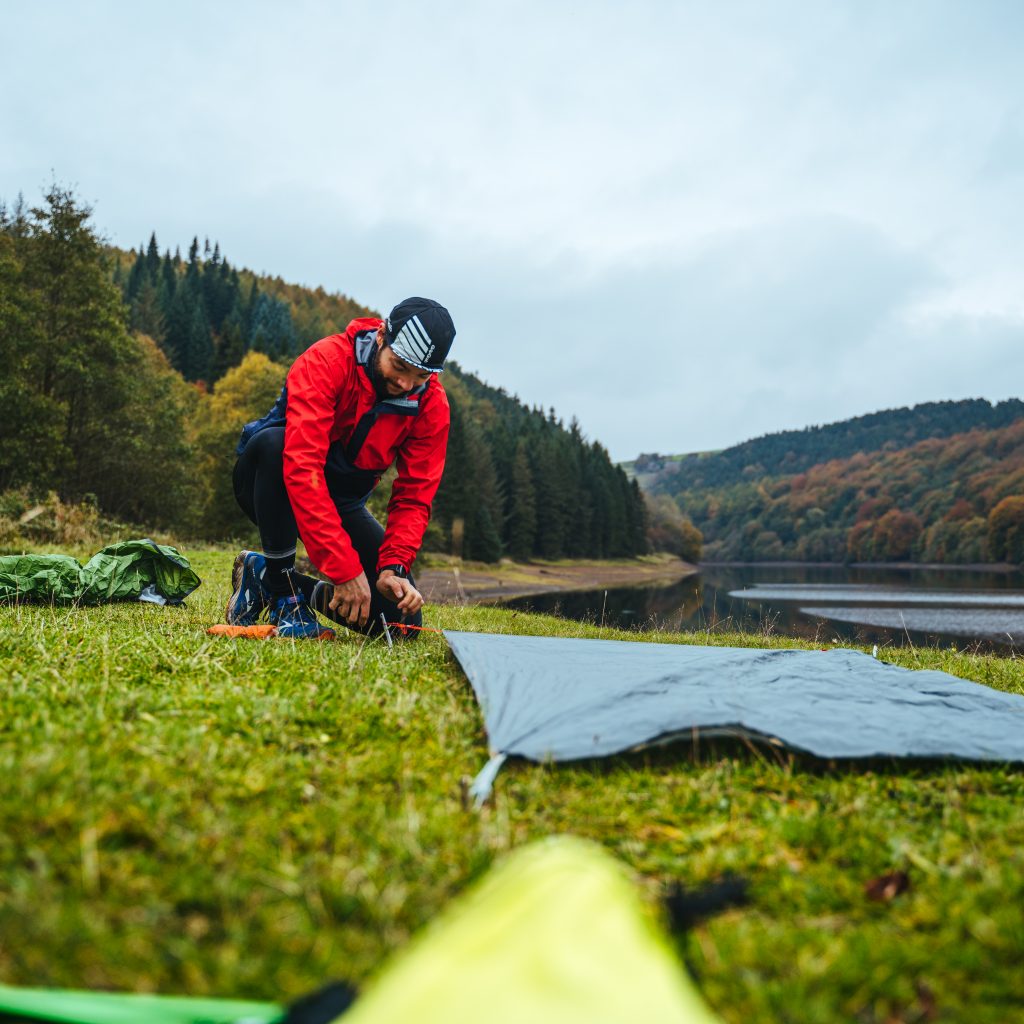
On top of everything, think about how an afternoon or day spent meandering one of the National Parks can decrease your carbon footprint. It would keep you away from screens, preventing hours of electricity usage.
Tourism and Infrastructure: It was intriguing to see how infrastructure for tourism was constrained to some regions of the national parks so that only certain areas are influenced by human activity. As an example, at first glance, the decision of the Cairngorms National
Park to extend car parks goes against the overall aim of reducing carbon emissions. However, this must be viewed as part of the broader context of the Cairngorms’ Green Recovery Plan.
The park is heavily reliant on tourism, accounting for 30% of its economy. Increasing visitor numbers through improved experiences is key to a green recovery, as it leads to raised funds for the park to utilise in conservation projects.
In this way, it reduces the amount of footfall in protected areas, allowing nature and biodiversity to flourish in a very natural and untouched environment.
Climate resilience in tree planting: when planting trees, it is essential to think about the climate they will be living in decades from now.
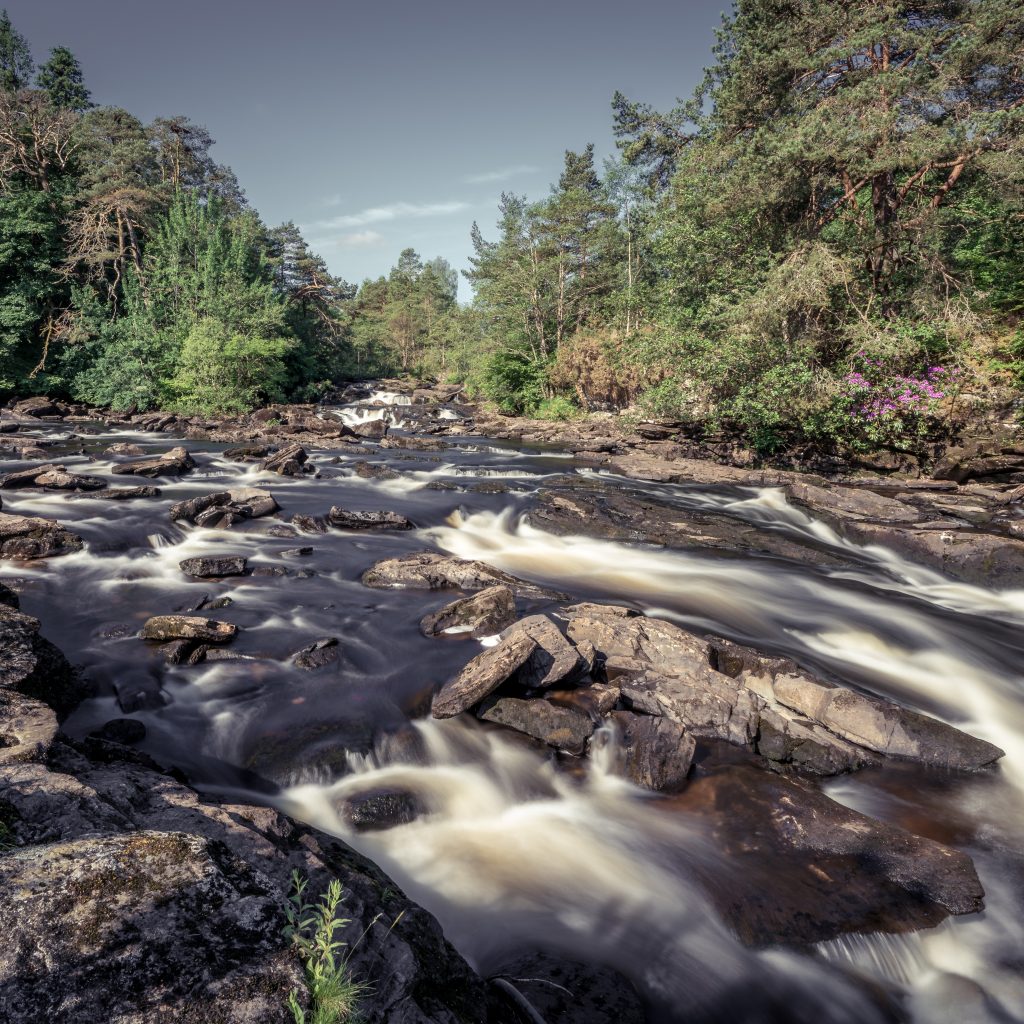
In the UK, predictions depict a much warmer climate, so we must plant trees resilient to that warming rather than purely plant the same trees already in the UK as they may not survive in 50 years. This type of climate adaptation and resilience is necessary when rewilding at scale.
In terms of the project as a whole, for Isaac, the idea of an adventure film documentary had always been a dream that became real!
“I knew from the start that we could pull this together and make it happen, what I didn’t know was it would be the most challenging three weeks of my life”
ISAAC KENYON
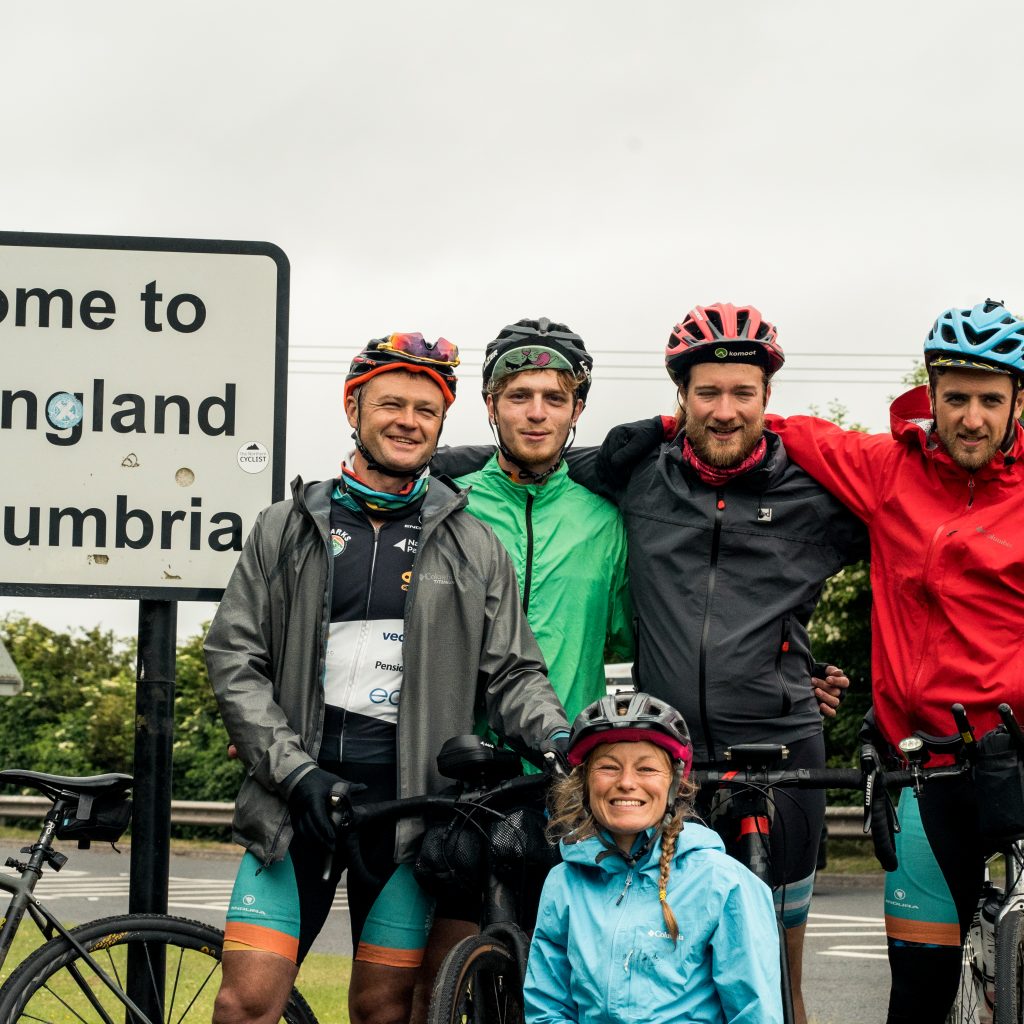
The Pedal 4 Parks world’s first expedition is finished, but by no means is their environmental journey over! Throughout this trip, Climate Explorers met with numerous environmental advocates to learn more about the issues faced in our UK national parks and green spaces.
Thanks to this journey, they raised £5,000 for the UK National Parks Foundation. This helps to restore these precious landscapes at scale by supporting work, programs, and activities that improve and protect the National Parks while connecting with people and communities.
Follow Climate Explorers to learn more about their mission and get involved in their projects.

